Rio de Janeiro… There is something really special, almost mystical about this name: hardly any city stimulates as much the imagination. Deservedly! This was the second time I visited Rio de Janeiro La Maravilhosa, and I left once again spellbound!
One week is hardly enough to scratch bellow the surface… It is not only the stunning setting of this city that is appealing, with karstic rock formations throning above long beaches of white sand. Modern and behomian neighbourhoods invite you for long strolls to soak up the unique atmosphere of this city of contrasts. Contrasts? Do not forget (unfortunately) the many favelas perched high up the slopes of the mountains you find everywhere there! They are small cities in the city. It is actually the huge variety that makes Rio de Janeiro so special: variety of people, as Rio de Janeiro, like most of Brazil, is the only true Melting Pot I know of; variety of neighbourhoods; variety of architecture; variety of cultures; variety of forms of art; …
Moreover, no matter how touristy Rio de Janeiro can be, it is also very easy to go Off The Beaten Track and have some special experiences with no single tourists around. If at some points I was surrounded by throngs of tourists, mainly large groups rushing from one landmark to the other, most of the time I had the impression to meddle in the city, as I was the only “non-Brazilean”. Did I do something extraordinary to escape the masses? I do not even think so…
I will not pretend to be an expert on Rio de Janeiro: twice one week is simply not enough. But there are many things that turned these two visits into a unique experience, and made me want to go back. Of course the landmarks should be also discovered… But not only: the mix of “highlights” and slightly Off The Beaten Track experiences made these visits so unique:
- Morro de Corcovado – The Cristo Rendedor
You should actually start your visit of Rio de Janeiro with climbing on the first afternoon the “Morro de Corcovado”, where you can find the world famous 38 meters high statue of the “Cristo Redentor”. The panoramic view from the top, at 710 meters above the sea, is simply breathtaking, with the whole city at your feet. There you get a better grasp of this megapole, its tipology and its immensity.
You won’t be alone atop Mount Corcovado, though: you will find large numbers of Brazilean & foreign visitors alike, eager to have their picture taken at the foot of the Cristo Rendedor and in front of one of the most famous panoramic views of the world. On each trip I used a different way to reach the top: the first time I used the train, the second I took the bus leaving from Largo de Machado, which actually enables you to avoid long queues for the train…
Note for photographers: the sun disappears as early as 04:00 pm behind the mountains, leaving the city partly in the shade, so time your visit right to enhance the light.
- Pao de Acucar
Taking the cable car up to the Pao de Acucar is another must do, this time early morning, with good views of probably the most famous beaches in the world: Leblon, Ipanema & especially La Copacabana. As for the Cristo Rendedor, do not expect to be alone there, so go early!
- Rio’s Beaches: Leblon, Ipanema & Copacabana
Leblon and Ipanema are the trendy beaches, since they border Rio’s most expensive neighbours of the same name. Ipanema is particularly charming, because five blocks from its beachfront it borders a saltwater lake, Lagoa Rodrigo de Freitas. Along its shores are prestigious country clubs and Rio’s hippodrome. Copacabana is a lot narrower than Leblon and Ipanema and the clientele is also much different.
Going to the beach is not only an activity for the weekends in the summer: I was indeed stunned to see how full beaches were during the week in the winter. It makes you wonder what it was like on a hot summer weekend…
Going to the beach is also a serious affair in Brazil: of course, Brazilians know how to dress for the beach. Ladies always use the proper attire to wear on top of the bikini. The bikinis themselves are tiny, do not forget, the fio dental, dental floss bikini, was born here in the 1980s. Then you need the necessary tools to be comfortable: a chair, an umbrella, and lots of beer. But do not worry, all this you can rent or buy upon arrival or during your stay, you do not have to carry anything…
While women do not fit the image of THE Brazilian body-culture, men very often do. They seem to spend a lot of time in weight-rooms and when on the beach they play volleyball or other sports.
- The Bohemian Santa Teresa
For a start, no, Santa Teresa is not unsafe… I strolled this neighbourhood both during the day and in the evening and had no problem whatsoever. Of course, at night you should be careful, but paranoia is completely unjustified.
Santa Teresa is the Bohemian district of Rio de Janeiro, up the hill, with steep cooblestone streets lined up with beautiful houses set in the middle of lush gardens. This is really a place to go for long walks.
The “Bonji” is now working again (it was closed after a terrible accident a few years back), but only on a small portion of the former route. It has unfortunately turned into a landmark high up all tour groups’ list and you must wait up to 1.5 hour to be able to do the 10 min. ride… Definitely not worth it in my opinion!
- The bustling “City Center” or Centro
The walk from the Lonely Planet is indeed worth doing and gives you a good overview of the older part of Rio de Janeiro. Note that this should be done during the week, as this part of town is deserted during weekends and hence less safe.
- Another aspect of Rio de Janeiro: the Favelas – Visit to Rocinha
I had already been to Rocinha back in 2007, at the beginning of my Round The World trip. And I kept very vivid memories of it and of our guide, Paulo Amendoim. The day before departure, I saw a French program about trains in Brazil, also featuring a visit to Rocinha, where “Peanuts” was the guide. He terribly looked like Paulo Amendoim, especially the behaviour. Was it the same guy? I had to find out… And of course it was: Amendoim means Peanuts, and it is not his real name, only a surname given to him when he mistakenly bought, as a young boy, Peanuts instead of Apricots.
“There are currently 500 favelas in Rio, all perched on mountain slopes, often very, very close to the most expensive neighbourhoods. For example from Leblon Beach you have a close-up view of the favela Vidigal. If you follow the costal road, past the Sheraton Hotel, you get to Rio’s largest favela, Rocinha, home to 250.000 people. We contacted Mr. Paulo Amendoim, the former president of Rocinha’s residents’ association, who takes tourist around “his” favela.
Well, to start with, Rocinha is different to other favela and Mr. Amendoim is not a typical dweller of such a favela. Rocinha is an incredible maze of houses, but not the wooden shacks and tins roofs one knows from TV documentaries, but building are made of bricks. There is electricity (paid for by the residents), most houses are connected to running water, which is free of charge, and the sewage system. When you see the bulk of strings of hoses going to the various houses you wander how this works, but obviously it does. There are small shops all around and at the “outskirts” of the favela you find any kind of shops and services you may want.
We spent four hours walking up and down and never felt unsafe or unwanted, people were extremely friendly and doing what other people in low-income neighbourhoods are doing throughout South America. Either they are waiting for business in front of their tiny shops while watching TV or just watching TV.
Most of Rocinha´s inhabitants come from Brazil’s poverty-stricken Northeast. We were told that more than 90% of them have a job or run some kind of small business to support them. Many of the newcomers rent rooms or flats in the dwellings, which also can be readily sold: we saw one on sale (back in 2007) for 9.000 Reals, 4.500 USD.
Well, our guide Paulo was a true character, extremely funny and it seems that he is known by 99% of the people who live there. Obviously he used to be a football celebrity playing for Flamengo in his youth and even played in Italy. He claims to have introduced many improvements in Rocinha during his terms as a president of the residents association, which seems plausible because he was able to establish contacts and sponsorship outside the favela. During our walk he spent a great deal talking to the people, shaking hands, joking and kissing women passing by.”
- Get out of the city and discover Ilha Grande
Ilha Grande is an island located off the coast of Rio de Janeiro and owes its pristine condition to its unusual history. First a pirates’ lair, it was turned into a leper colony and then a top-security prison. Now a popular tourist destination famous for its scenic beauty, unspoilt tropical beaches, luxuriant vegetation and rugged landscape, it is a perfect place to relax a few days, go on some fantastic hikes through the Virgin Atlantic Rainforest and enjoy some of the nicest and most secluded beaches of Brazil, and maybe in the world. Cars are not allowed (except a garbage truck, a fire engine and a police car), so the only transport here is by foot or boat.
Ilha Grande is can be easily reached from Rio de Janeiro thanks to EasyTransfer, who picks you up from your pousada in Rio between 07:00 and 08:00 am and takes you straight to Vila Abraão (arriving at 01:00 pm) and starts at 05:30 pm and takes you to your pousada in Rio at around 09:00 pm.
The highlights there were the hike to Praia Lopes Mendes, one of the most stunning beaches I ever experience and the BBQ night on Wednesday on the beach in Vila Abraão (though the four Caipirinhas were not such a good idea…).
- Going Out in Lapa
This is now THE place to be in Rio de Janeiro when you want to go out! You find there numbers of restaurants, bars, places to hear live music, some of them so popular there is a 50 meter queue (nothing for me), … Live music in Carioca de Gema belongs to the best I have ever heard!
- Visit a Samba School
There are 12 top Samba Schools in Rio (those having a good chance of dancing at the Carnival), and I couldn’t imagine being in Rio de Janeiro one week without visiting one of them. Fellow trevelers raved about the Saturday Night in Salgueiro, so there I went. Of course nothing starts before 10:30 pm, but things start to really move around midnight. And yes, those dancers are simply stunning…
- Stroll the Botanical Garden
Fancy some more relaxed atmosphere, away from the highrises and permanent traffic? Then head for the Jardim Botanico and the Parque Lage. Even if I was quite unlucky to find some of the areas closed for maintenance (like the Orchid House), it is a very nice walk in a very quiet atmosphere that lets you forget you are in the middle of one of the largest cities in the world…
- See a football game
“You can change your car, you can change your wife, you can even change your religion, but you cannot change the Football Club you support!” a Brazilean told me. I am no football fan, but I think a visit of Brazil is not complete if you didn’t go to a football game. Why go in Rio de Janeiro? The new Maracanã Stadium, rebuilt for the Football World Cup in 2014, is one of the biggest stadiums in the world. And yes, the fervor and the enthusiasm of fans is quite a sight… A least when the supported team wins… On the night I went, Vasco de Gama, one of Rio’s teams, lost, and got seriously insulted. I haven’t counted the number of times I heard “Puta” this night…
- Shop till you drop at the shopping area near Uruguaiana
I actually found this place by chance, and discovered the biggest shopping area I have ever experienced! It is simply huge… Shops selling about everything you fancy for are lining street after street after street… How many of them you have? How many streets partake in this kind of market? Not the slightest idea… It is simply gigantic!
- Spend a Monday night at the Pedra do Sal
Pedra do Sal or Rock of Salt is the Old Harbor of Rio where the salt and sugar landed in Rio de Janeiro, now located in the neighborhood of Saúde. At the time of slavery, Pedra do Sal was the center of the most important Quilombo Village (African Community) of Rio de Janeiro and has been the cradle of Samba Music.
“Aqui se respeita o samba” (“Here we respect samba music”) is the slogan of Pedra do Sal – And this is why you come here for on Monday nights: the Pedra do Sal hosts every Monday a Roda de Samba or Samba Session. In an esy going atmosphere, you can lesson to Live Samba Music for free while enjoying a good Caipirinha.
- Spend a Sunday Night at Bip Bip
Is it the live Samba Music? The Bohemian, relaxed atmosphere at this tiny café not far from Copacabana? Or the true character who owns this place that is worth the visit? Or a mix of all three that made this evening special? I dare not say…
Imagine: a café so small you only have one large table that is used by the musicians, young newcomers and older professionals, playing together in a very relaxed and casual atmosphere… A large refrigerator at the back where you pick up your beer or… well, your beer… A tiny table at the outside with the owner who sits and writes down your name and what drink you took… A group of regulars standing in the streets, listening to the music and at times singing…
This was a delightful evening, one only with habitués of the neighbourhood, enjoying some amazing Samba Music live.
- Eat a Feijoada on a Saturday
This is a tradition not only in Rio de Janeiro, but also in Salvador de Bahia: on Saturdays, you can enjoy this traditional meal: a black bean stew with a variety of meats, like tongue and pork cut-offs, served with rice, fried manioc flour, a green vegetable called kale and pieces of oranges. Delicious!


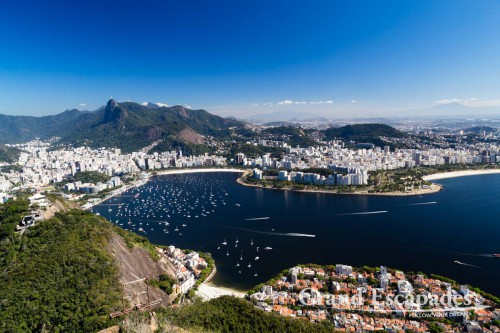
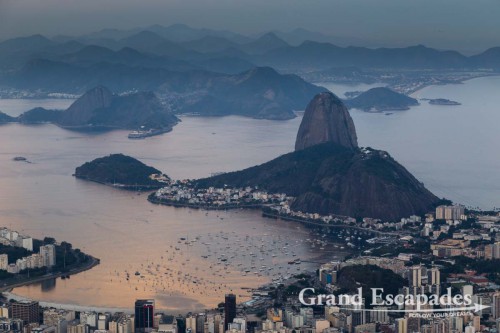
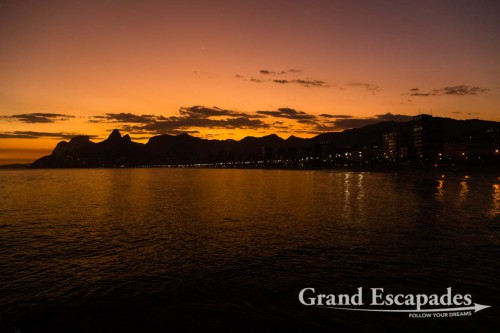
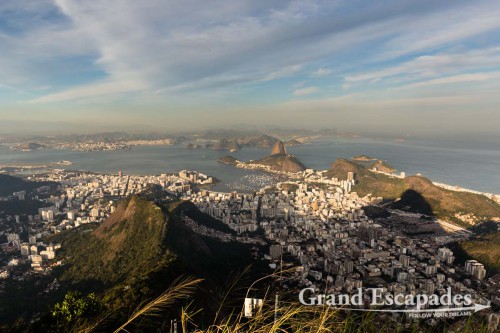

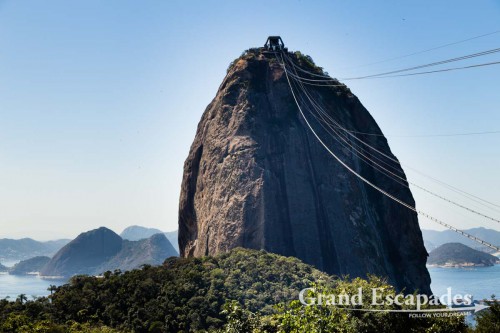
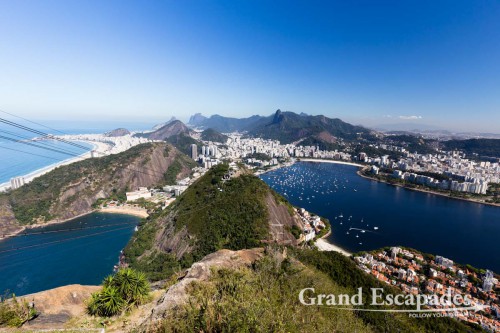
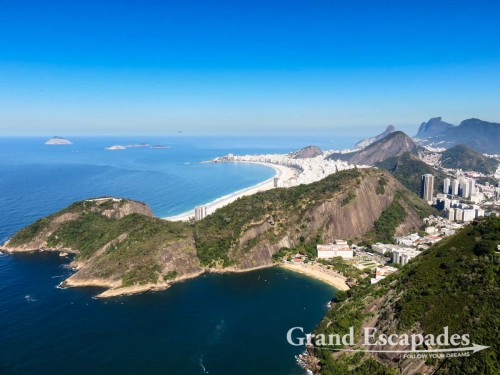
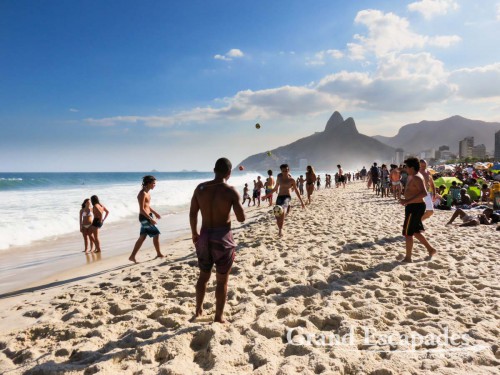

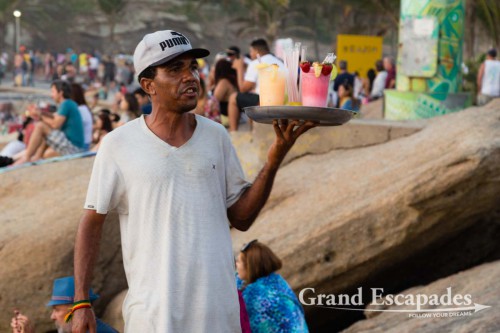
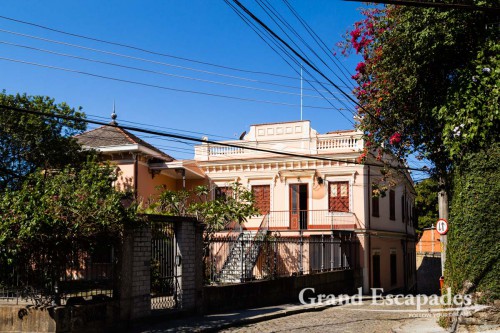
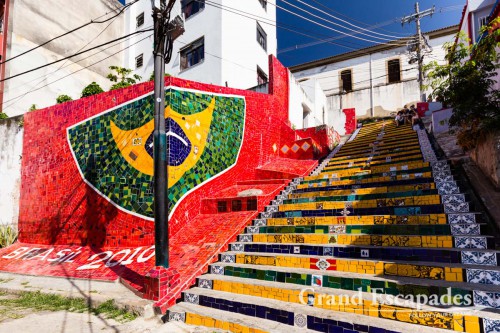
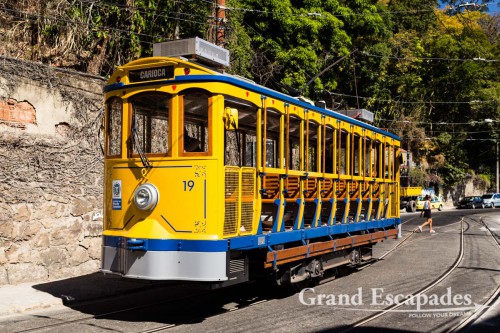
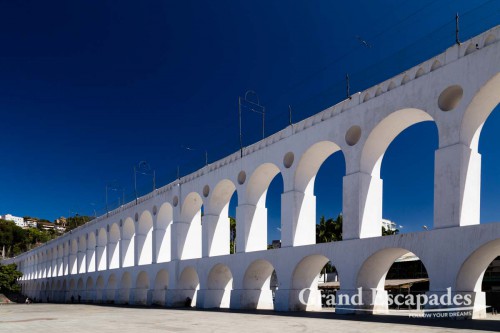

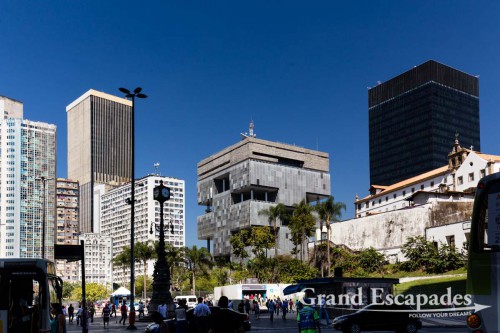
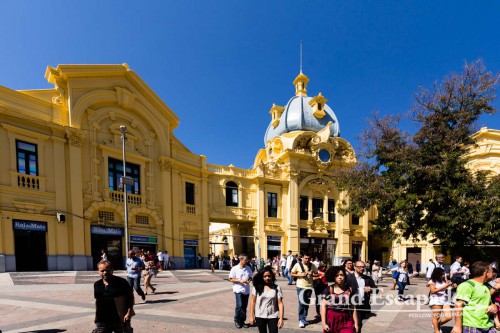
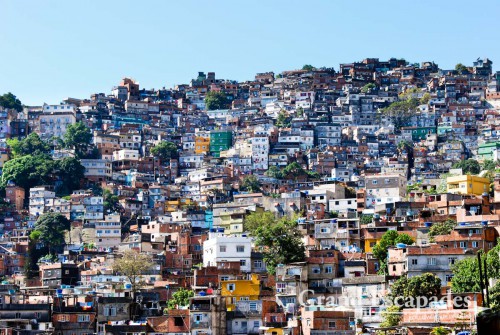

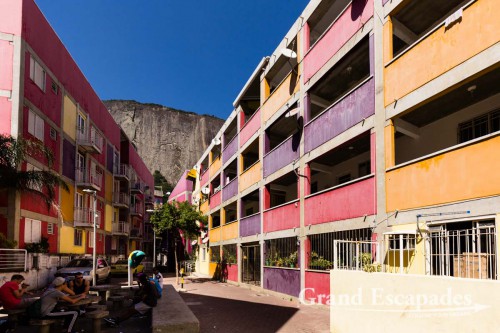
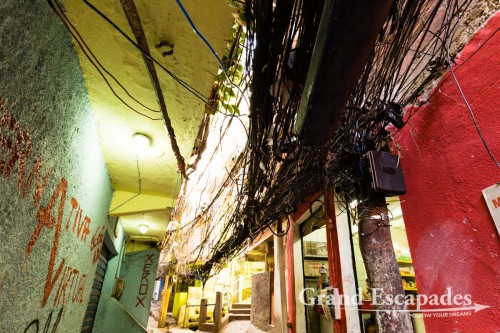
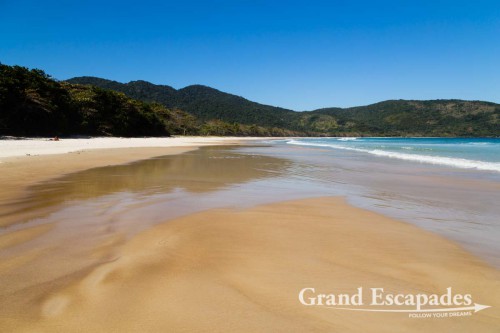
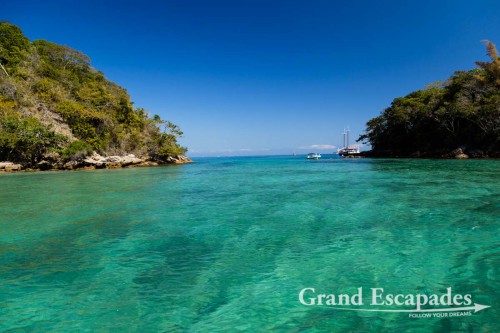
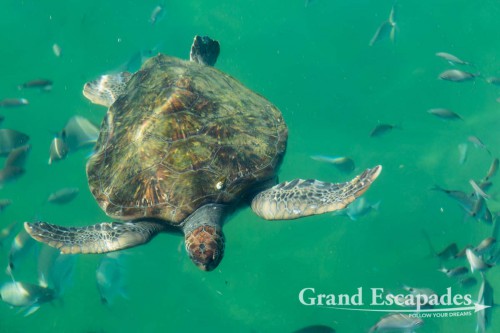
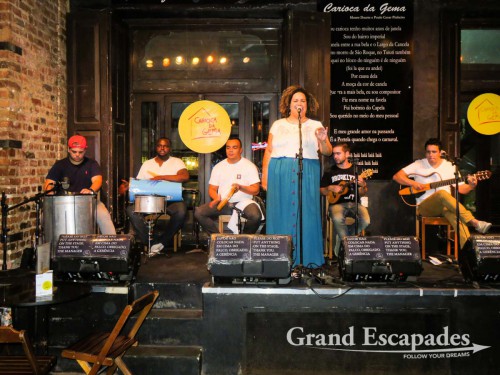
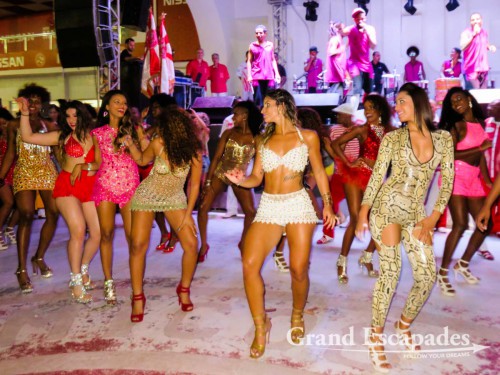
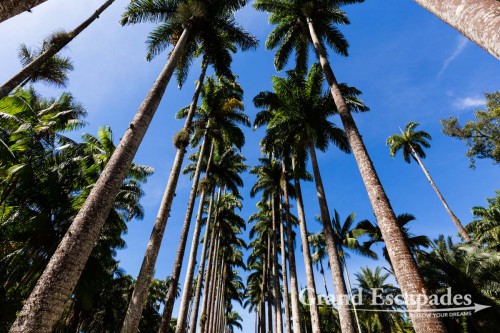

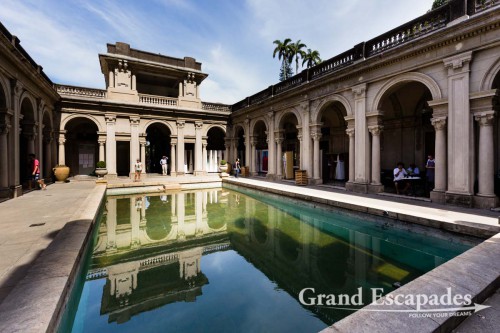


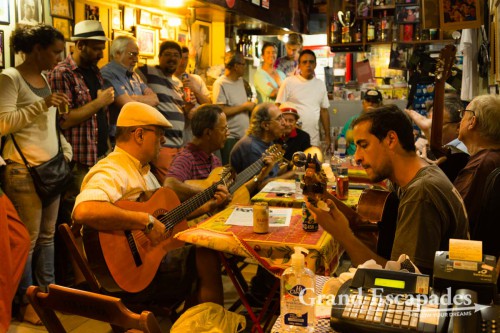
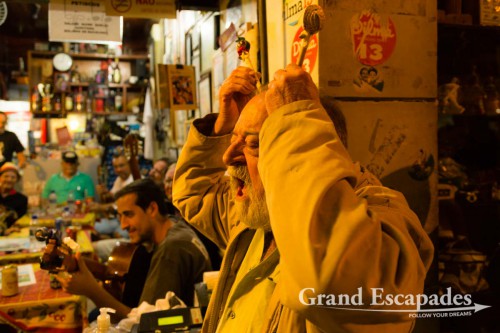
No comments yet.